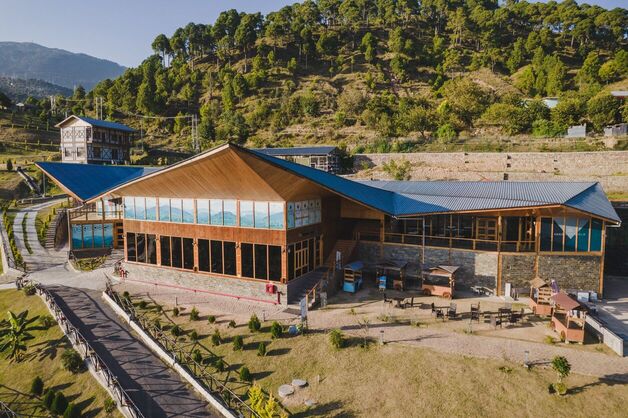Technology is being increasingly used by hoteliers to strategize and bolster revenues in their properties.
Marketing technology helps hoteliers optimize our marketing efforts by targeting the right audience by demographics and location, manage multi-channel campaigns and also track our performance. These activities help drive customer engagement, track conversions, strengthen customer relationships and thereby drive revenue growth.
AI-based pricing and promotions play a very important role in revenue management for hotels. They analyze data, competition and market trends to optimize room rates.
Marketing technology, including channel management software, plays a crucial role in increasing revenues for hotels/resorts by optimizing distribution channels and enhancing marketing strategies. Here’s how it works:
- Centralized Management: Channel management software allows resorts to centrally manage their distribution channels, including online travel agencies (OTAs), global distribution systems (GDS), direct booking engines, and other distribution partners. It provides a single interface through which the resort can control and update rates, availability, and inventory across multiple channels simultaneously.
- Rate and Inventory Optimization: The software helps resorts optimize their rates and inventory based on market demand, competitor analysis, and historical data. It enables dynamic pricing strategies, allowing the resort to adjust rates in real-time based on factors like seasonality, occupancy levels, and market conditions. By offering competitive rates and ensuring accurate inventory availability, resorts can attract more guests and maximize revenue potential.
- Automated Distribution Updates: Channel management software automates the process of updating rates, availability, and restrictions across different distribution channels. Instead of manually managing each channel separately, the software synchronizes changes in real-time, reducing the risk of overbookings or discrepancies. This automation saves time and ensures consistent and up-to-date information across all channels.
- Channel Performance Tracking: The software provides insights and analytics on the performance of each distribution channel. Resorts can track key metrics such as bookings, revenue, conversion rates, and channel-specific analytics. This data helps them identify high-performing channels, measure the effectiveness of marketing campaigns, and allocate resources accordingly to optimize revenue generation.
- Seamless Integration: Channel management software can integrate with other marketing technology tools, such as customer relationship management (CRM) systems, property management systems (PMS), and revenue management systems (RMS). This integration enables data sharing, streamlines workflows, and enhances decision-making capabilities, ultimately driving revenue growth.
- Personalized Marketing: Some advanced channel management software includes features for personalized marketing campaigns. By leveraging guest data and preferences, resorts can target specific customer segments with tailored promotions, offers, and loyalty programs. Personalization enhances the guest experience, encourages repeat bookings, and increases the likelihood of upselling and cross-selling opportunities.
- Channel Diversification: Marketing technology facilitates the exploration of new distribution channels and partnerships. Resorts can identify emerging online platforms, niche travel websites, or specialized booking engines to expand their reach and attract new market segments. By diversifying their distribution channels, resorts can tap into previously untapped markets, increasing revenue potential.
Revenue managers are mostly overburdened with work. Next-generation revenue management will reduce their workload thereby improving their efficiency. Revenue managers will become more proactive than reactive and hotels will be able to maximize their revenues using technology.
Read the full story that first appeared in Hotelier India’s July 2023 issue here:
